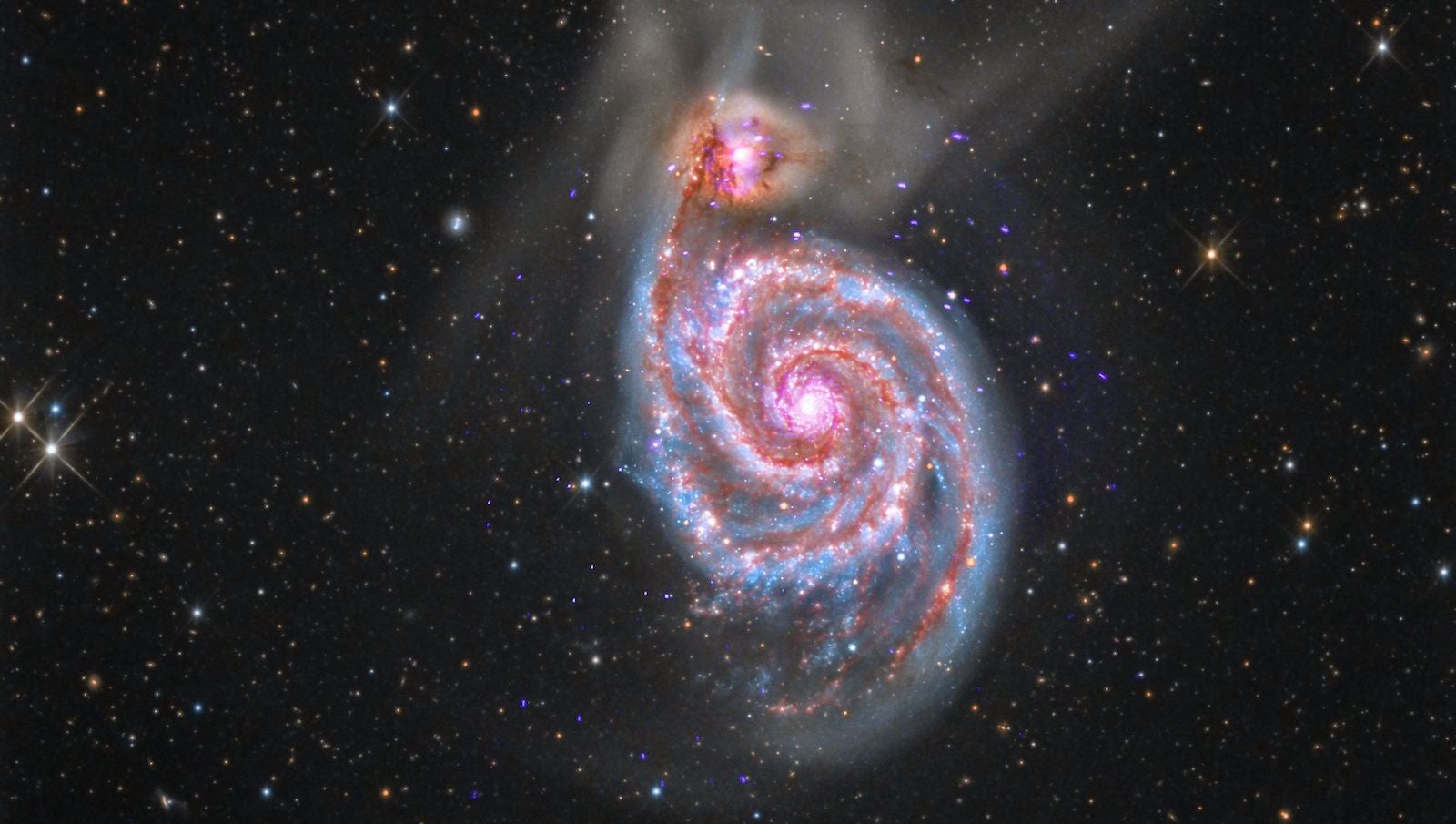Watch: What our solar system would look like when traveling at the speed of light
This post has been corrected.


This post has been corrected.
This past week, NASA announced the discovery of the most Earth-like planet yet. NASA described the planet, Kepler-452b, and its respective sun as the pair that “most closely resemble the Earth and our Sun.” The planet is five times the mass of Earth, but its orbit is almost identical, around a star of similar temperature to our sun.
The catch: Kepler-452b is 1,400 light years away from Earth. Of course, relative to the massive size of the universe, that makes it basically our next-door neighbor. But it would take an insanely long time to get there.
Light moves at 186,000 miles (299,000 km) per second, or 671 million miles per hour. Commercial airplanes travel at 500-600 mph. The world’s fastest manned aircraft, NASA’s X-43A scramjet, travels at around 7,000 mph, nearly 100,000 times slower than the speed of light.
And our fastest spacecraft, New Horizons, which this month flew past Pluto, was traveling at more than 30,000 mph. It took 10 years to reach Pluto, and Pluto is currently 4.8 billion km from Earth. That’s the distance light covers in a little under four-and-a-half hours.
So at that rate, flying to Kepler-452b would take nearly 28 million years.
The video below by Alphonse Swinehart helps to put all this into perspective. If you could travel away from the Sun at the speed of light—which is physically impossible—and look back at the Sun as you did so (and ignoring the fact that traveling so fast would in fact severely distort what you see, as well as your perception of time), it would look like this:
It takes over eight minutes of watching the solar system whizzing by at the speed of light before the Earth comes into view. At the end of the video, after 45 minutes, Jupiter finally appears. To reach Saturn, the next closest planet, would take another 36 minutes, and a further three hours or so to reach Pluto. And only then you’d settle in for the largely uneventful 1,400-year ride to Kepler-452b.
Another perspective tool is this website, which scales our entire solar system in relation to the moon as one computer pixel.
So while we continue to get excited by the prospect of discovering life outside of our own sliver of the universe, it’s important not to forget how far away that life is—if it exists at all.
Correction: An earlier version of this post said that it would take 1.8 million instead of 28 million years for New Horizons to reach Pluto.